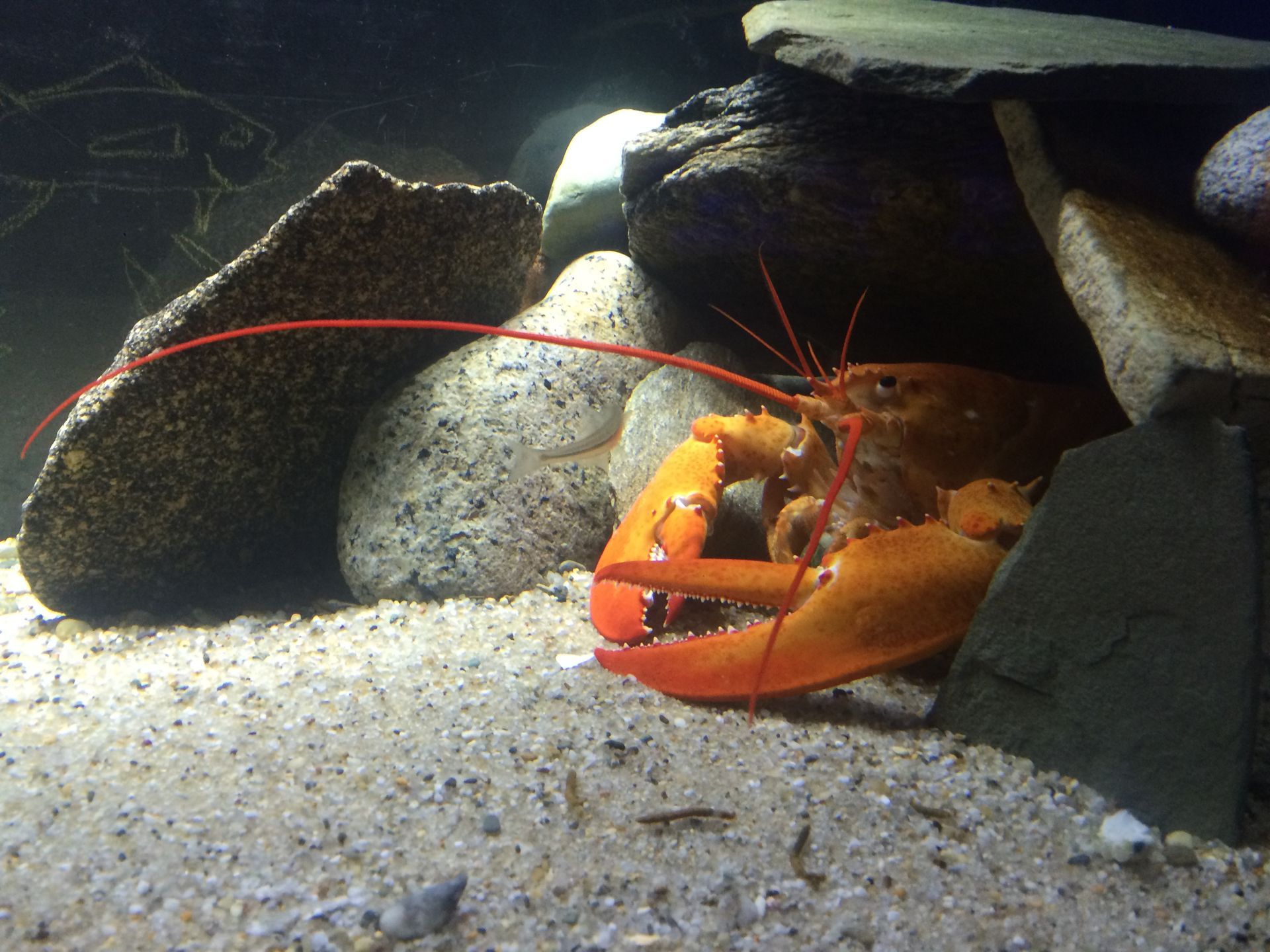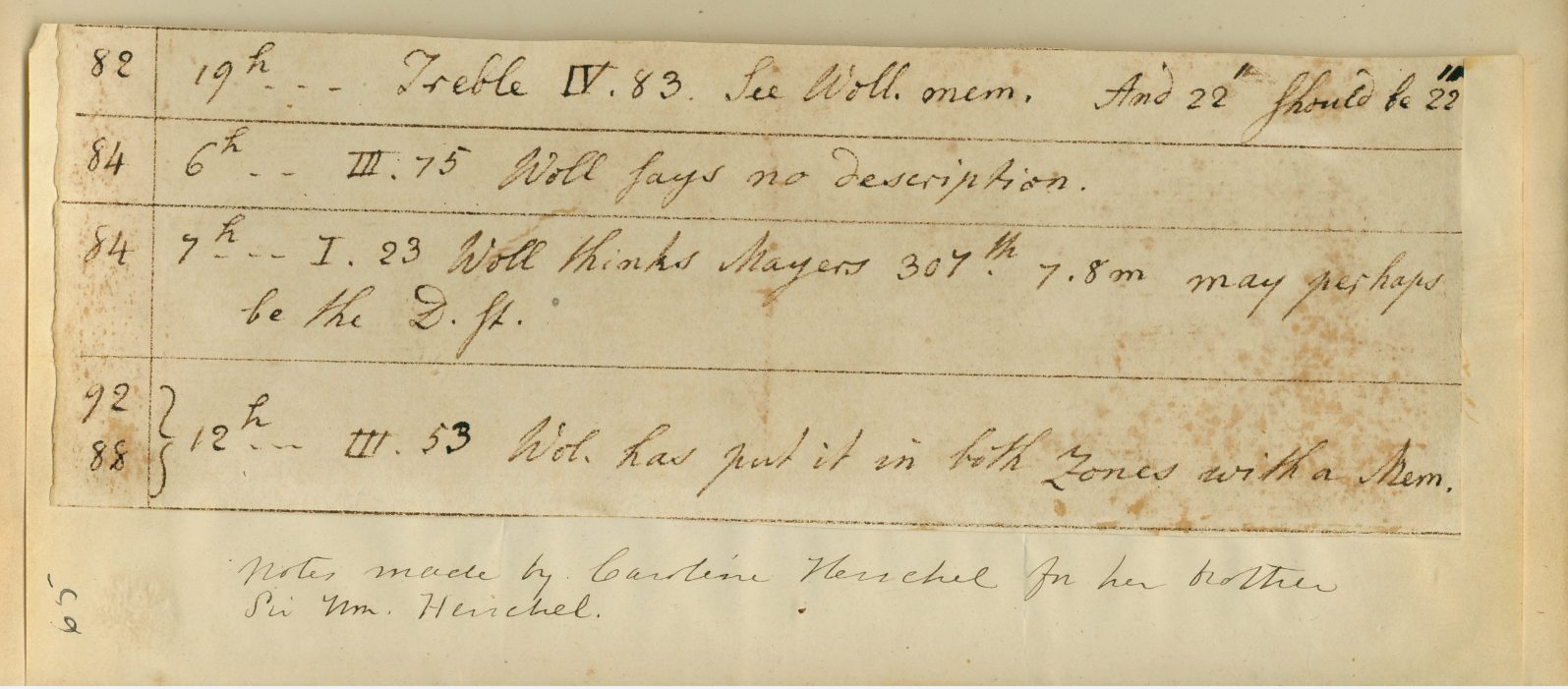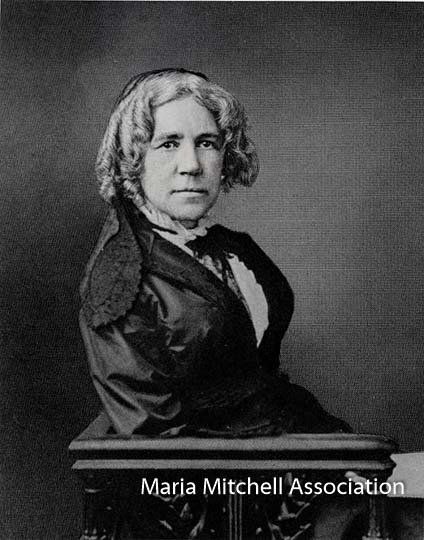Maria Mitchell In Her Own Words
September 6 {1857} We left London yesterday for Aylesbury. It is by railroad, two hours, like all railroads in England, it runs seemingly through a garden, in many cases flowers are cultivated by the roadside. From Aylesbury to Stone, the residence of Admiral Smyth, is two miles, two miles of stage coach riding. Stage coaches are now very rare in England and I was delighted at the chance for a ride . . . . We found the stage crowded; the driver asked if we were for “St. John’s Lodge” and on my replying in the affirmative gave me a note which Mrs. Smyth had written to him, to ask for inside seats. The note had reached him too late, and he said we must go on the outside. He brought a ladder and we got up. For a minute I thought, “what a height to fall from” but the afternoon was so lovely that I soon forgot the danger and enjoyed the drive. There were six passengers on top.
Maria Mitchell was still serving as a chaperone to Prudence Smith who would return to the States in November 1857 due to the bankruptcy of her father. Maria and Prudie enjoyed not just the sights but all of the adventures of their European trip as this detail from Maria’s journal outlines. Admiral William Henry Smyth had been one of Maria’s supporters in her quest for the gold medal from the King of Denmark for her discovery of the telescopic comet in 1847. Smyth had an illustrious career. He served in the British merchant marine and the British navy and was an astronomer and hydrographer as well. He built his own private observatory, was a member and head of the Royal Astronomical Society, and a founder and the president of the Royal Geographical Society to name a few of his many accomplishments.
JNLF
Recent Posts





